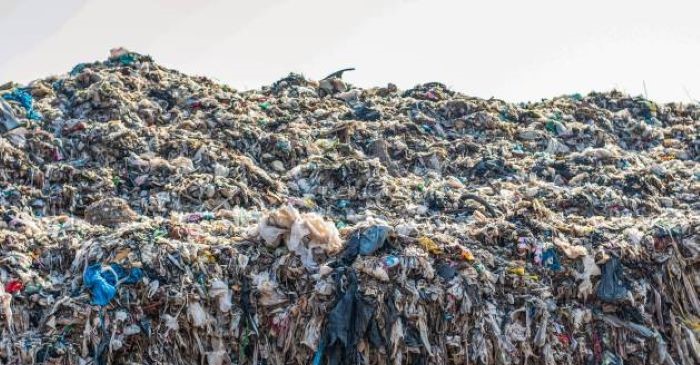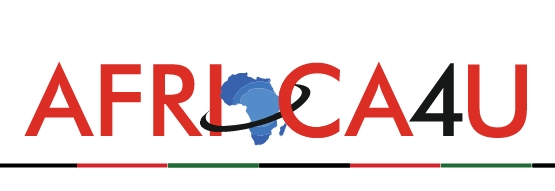(3 Minutes Read)
The project will address key challenges of resource inefficiency, pollution, and waste generation in one of the most resource-intensive industries
The “Oburoni Wawu,” second-hand clothes flooding the Kantamanto market, generate massive pollution, with 40% of these garments being burned, releasing toxic substances and exacerbating environmental risks.
In response to this challenge, Mary Lancelot, founder of MLC Fashion, is transforming textile and plastic waste into sustainable products while supporting the circular economy and creating local jobs. Her commitment exemplifies the transformation of a major environmental problem into a creative and sustainable solution.
The project will address key challenges of resource inefficiency, pollution, and waste generation in one of the most resource-intensive industries. By focusing on the sustainable management of chemicals and waste, the project encourages practices that reduce hazardous chemical use, promote recycling, and minimize environmental harm. It helps transition the textile sector from a linear model, where resources are extracted, used, and discarded, to a circular one, where materials are reused, recycled, or safely returned to the environment.
This not only conserves natural resources but also reduces greenhouse gas emissions and limits the impact on ecosystems. Moreover, it supports compliance with global environmental standards, enhancing the competitiveness of local industries in international markets that increasingly demand sustainable products.
By integrating eco-design principles, resource-efficient manufacturing processes, and waste management strategies, the project strengthens capacities within the textile sector in these countries to align with SCP objectives, fostering economic growth that is both sustainable and equitable.
Read Also:
https://trendsnafrica.com/us-kenya-business-roadshow-in-new-york-to-bring-together-textiles-sector/
Ultimately, the project contributes to achieving SDG 12 by promoting responsible consumption and production patterns, while also empowering local communities through green jobs and fostering environmental stewardship.





